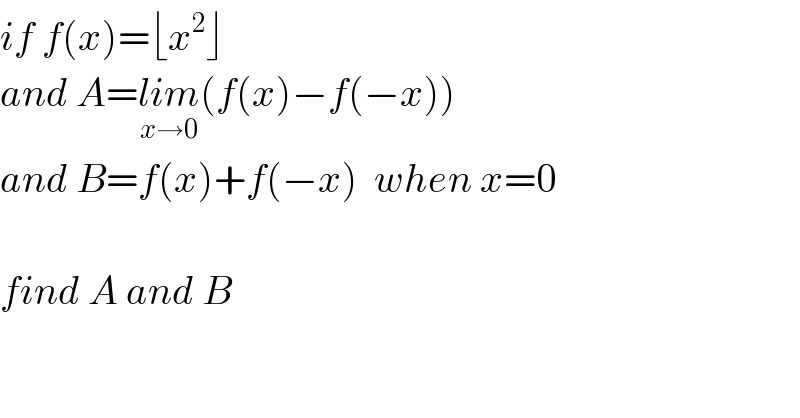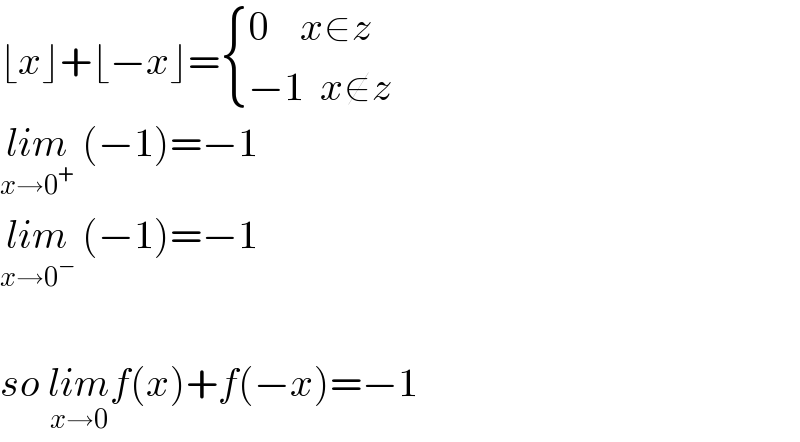
Question and Answers Forum
Question Number 85868 by M±th+et£s last updated on 25/Mar/20

Commented by mr W last updated on 25/Mar/20

Commented by M±th+et£s last updated on 25/Mar/20

Commented by M±th+et£s last updated on 25/Mar/20

Commented by M±th+et£s last updated on 25/Mar/20

Commented by mr W last updated on 25/Mar/20

Commented by M±th+et£s last updated on 25/Mar/20

